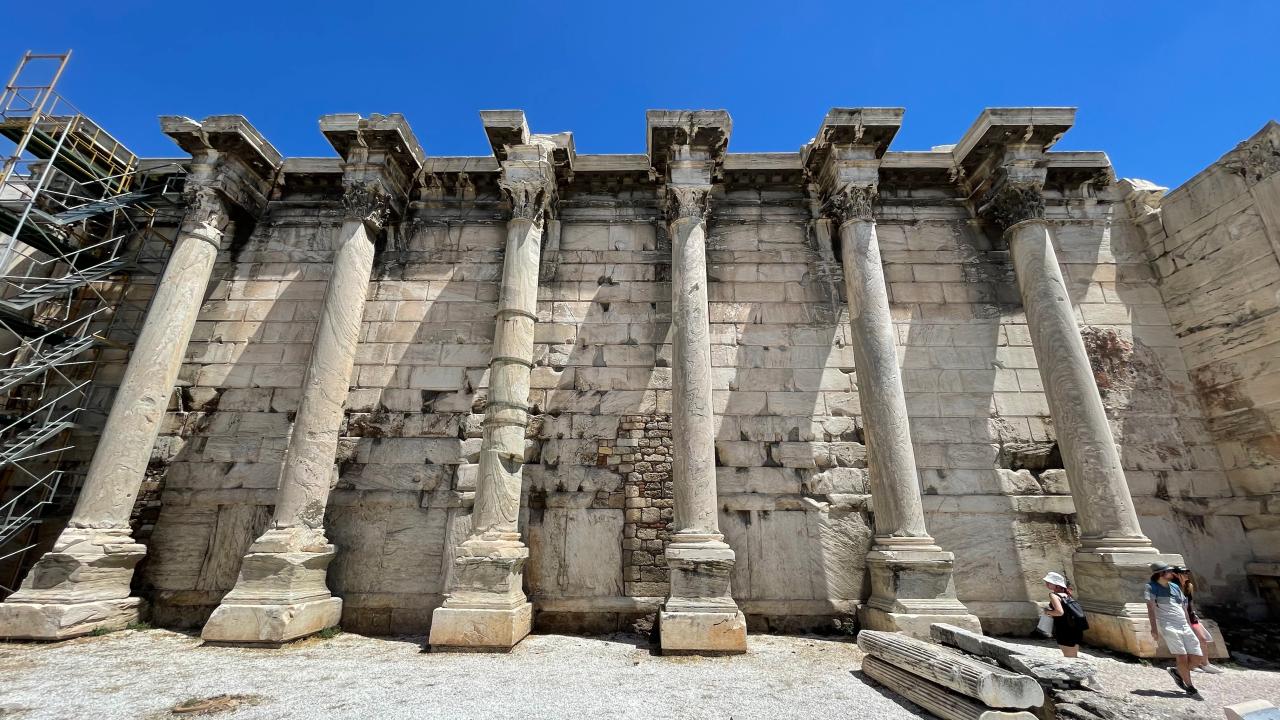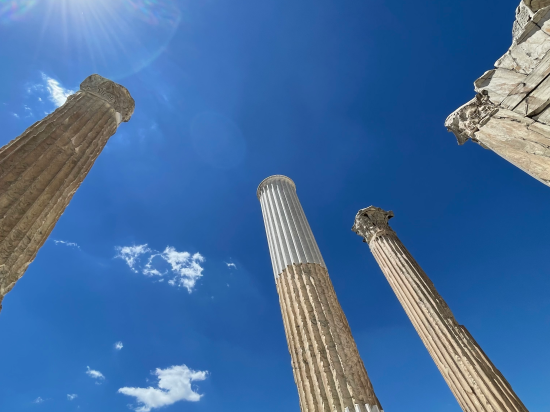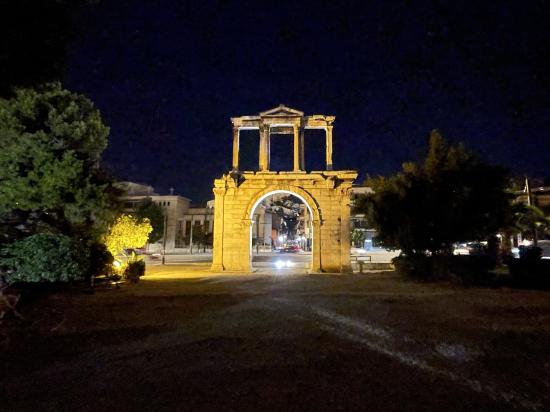Hadrian's Library in Athens
Hadrian's Library was a famous library in the city of Athens, Greece, built by the Roman Emperor Hadrian in the 2nd century AD. It was located to the east of the Roman Agora and to the north of the Acropolis, in the heart of the city's cultural and intellectual center.
The library was built as part of Hadrian's extensive building program in Athens, which aimed to transform the city into a showcase of Roman architecture and culture. It was one of the largest and most impressive libraries of the ancient world, with a vast collection of books and manuscripts that were available for public use.
The library complex covered an area of approximately 100 by 70 meters and included lecture halls, reading rooms, and gardens. The main building was a large rectangular hall with a central courtyard, surrounded by colonnades and adorned with statues and artwork.
At its height, the library is believed to have held up to 100,000 volumes, including works by ancient Greek and Roman authors, as well as contemporary writers. The library also served as a center for philosophical and scholarly debate, and was frequented by prominent intellectuals of the time.
Today, only the ruins of the library remain, but they offer a glimpse into the grandeur and sophistication of ancient Athenian culture. The site is open to visitors, who can explore the ruins and learn about the history and significance of the library through informational displays and guided tours. The library is next to the Roman Agora at Monastiraki.




